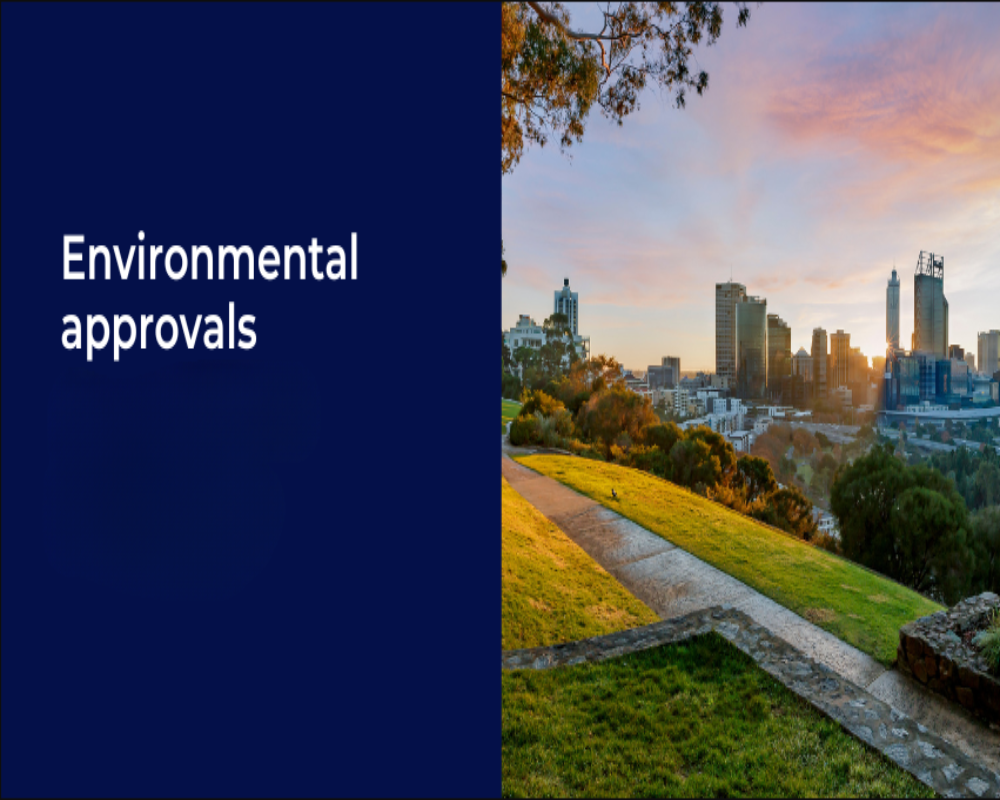Introduction
Securing environmental approvals is a fundamental step in the process of developing industrial land. These approvals serve as official recognition by regulatory authorities that a proposed industrial project meets environmental standards and will not pose unacceptable risks to the surrounding ecosystem and communities. The process is not merely bureaucratic; it is designed to promote sustainable development, prevent environmental degradation, and ensure that industries operate within the boundaries of environmental legislation. Understanding this procedure in detail is essential for project developers, consultants, and stakeholders who wish to navigate the regulatory framework efficiently and responsibly.
Project Planning and Site Selection
The process begins with strategic project planning and the careful selection of a site that aligns with zoning regulations and environmental suitability criteria. Developers must evaluate various locations not only in terms of logistical and economic feasibility but also with respect to environmental factors such as proximity to water bodies, forested areas, wildlife habitats, or residential zones. An initial screening is typically conducted to determine whether the project falls under the category that requires environmental clearance. In many countries, projects are categorized based on their scale, potential impact, and sector, and this classification determines the level of scrutiny and documentation required.
Conducting the Environmental Impact Assessment (EIA)
If a project is deemed to require environmental clearance, the next major step is the preparation and submission of an Environmental Impact Assessment report. This is a scientific and technical document that evaluates the potential environmental consequences of the proposed industrial activity. The EIA typically includes baseline environmental data, predictions of future environmental conditions, identification of potential impacts, and proposed mitigation measures. It also assesses factors such as air and water pollution, waste generation, noise, energy use, and ecological disruption. The report must be prepared by a certified environmental consultant or agency recognized by the regulatory authority.
Submission of Application to the Regulatory Authority
With the EIA complete, the project proponent submits a formal application for environmental clearance to the designated environmental authority, which could be a state-level agency or a central environmental ministry depending on the size and nature of the project. The application typically includes the EIA report, a project feasibility study, a location map, layout plans, and any required supporting documentation. Many jurisdictions also require proof of public consultation or community engagement at this stage. The application must be submitted using prescribed formats and digital portals, where applicable.
Public Consultation and Hearings
A significant part of the environmental approval process involves public participation. Regulatory frameworks often mandate that a public hearing be conducted in the vicinity of the proposed project site. During this hearing, the public is invited to express concerns, suggestions, or objections related to the environmental implications of the project. The comments and objections raised during the hearing are recorded and must be addressed in the final version of the EIA report or through additional mitigation strategies. The outcome of the public consultation plays an important role in the decision-making process of the approving authority.
Appraisal by the Expert Appraisal Committee (EAC)
After public consultation, the application is forwarded to an Expert Appraisal Committee, which is a body of technical and environmental specialists designated by the regulatory authority. This committee reviews the EIA report, the public consultation outcomes, and all other submitted documents. They may seek clarifications, request additional studies, or suggest modifications to the project design or mitigation plans. The committee then makes a recommendation to the regulatory authority, which may accept, defer, or reject the proposal based on the findings and recommendations.
Issuance of Environmental Clearance
If the project satisfies all conditions and recommendations set by the appraisal committee, the regulatory authority issues an environmental clearance. This clearance may come with specific conditions that the project developer must adhere to during the construction and operational phases. These conditions may include periodic environmental monitoring, submission of compliance reports, installation of pollution control equipment, or restrictions on operational hours. The clearance letter becomes a critical legal document and must be presented to other agencies during further permitting or licensing processes.
Post-Clearance Compliance and Monitoring
Obtaining environmental clearance is not the end of the process. The project proponent is legally obligated to comply with all stipulated conditions and regularly report on environmental performance to the authorities. Environmental audits, self-reporting, and inspections may be conducted periodically. Non-compliance can result in penalties, cancellation of approvals, or legal action. Many developers adopt environmental management systems to ensure ongoing adherence to regulations and demonstrate their commitment to sustainability.
Conclusion
The procedure for obtaining environmental approvals is detailed, multi-layered, and rigorous. It is structured to evaluate the environmental viability of a project comprehensively and to involve stakeholders in the decision-making process. While the steps may seem complex and time-consuming, they serve an essential function in balancing industrial growth with ecological preservation. Developers who understand and respect the process not only avoid regulatory pitfalls but also contribute to a culture of responsible development. Ultimately, environmental approvals are not just about satisfying legal requirements; they are about ensuring that industrial progress does not come at the cost of environmental integrity.
Hashtags
#EnvironmentalApprovals #Sustainability #EcoFriendly #GreenRegulations #EnvironmentalCompliance #PermittingProcess #EcoConscious #SustainableDevelopment #EnvironmentalImpact #RegulatoryApproval #NatureConservation #EcoAwareness #EnvironmentalPolicy #GreenBusiness #SustainablePractices #EnvironmentalManagement #ComplianceGuidelines #EcoRegulations #CleanEnvironment #EnvironmentalProtection


